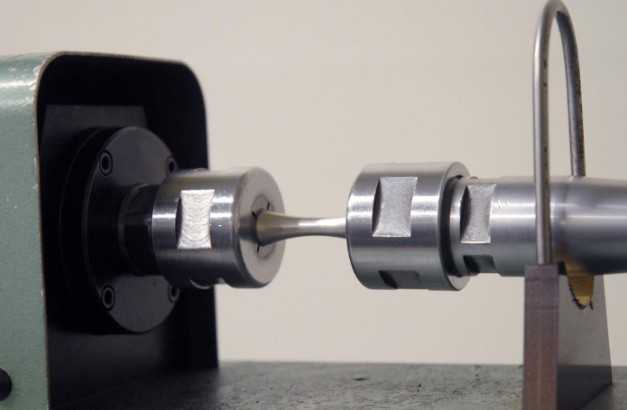The factors that affect fatigue


Material selection is paramount to all design considerations. Material selection may be limited by any of a number of factors including economic, environmental, and service restrictions. Selecting a material with a high endurance limit is good practice.
Stress concentration is another key factor. Essentially, all sharp corners should be made into a radius if at all possible. Sharp corners provide stress concentration and are often responsible for the initial crack.
Surface finish is another critical component. Strength of Materials classes teach a very important lesson: in many loading configurations, like bending and torsion, the critical stress is located on the surface. Therefore, a blemish-free surface will generally lend itself to a good fatigue life.
Lastly, material discontinuities are inevitable on the microscopic level, but a good forming process will help to reduce them.
It is important to keep in mind the factors that affect fatigue failure the most and, if necessary or economically feasible, produce a conservative design. Conservative designing usually takes into consideration a “worst-case scenario”. In this instance designers usually assume fully reversed loading and often consider the Modified Goodman design criterion with a modest factor of safety when determining a theoretical endurance limit. Once the theoretical service life is determined and the part comes to fruition, mechanical fatigue testing is the next step for product verification in the design cycle.
2019-02-13 17:24
